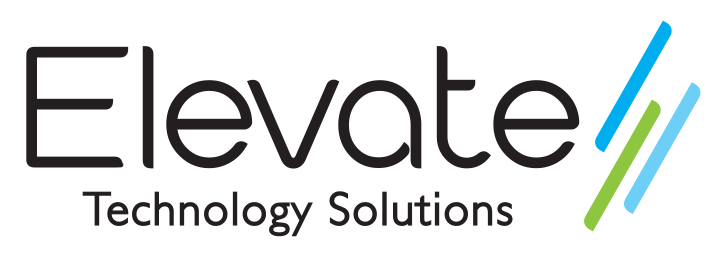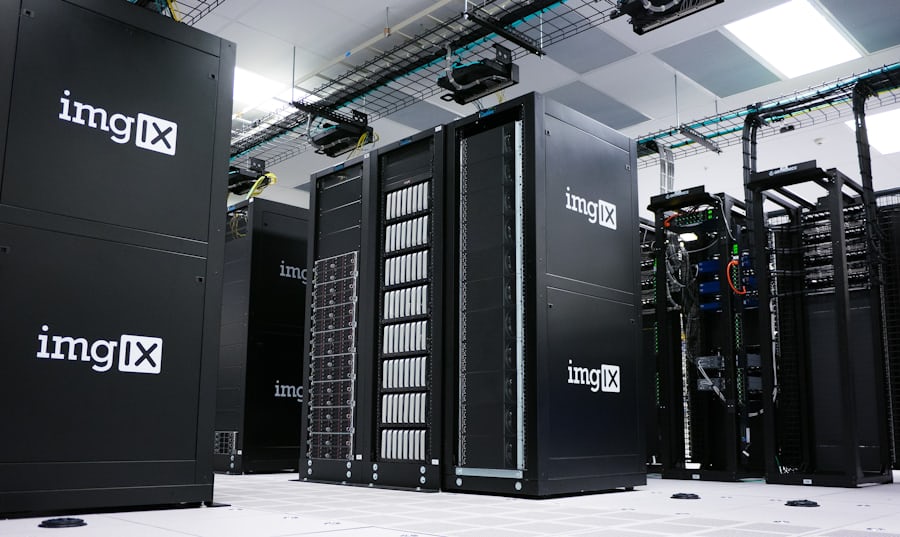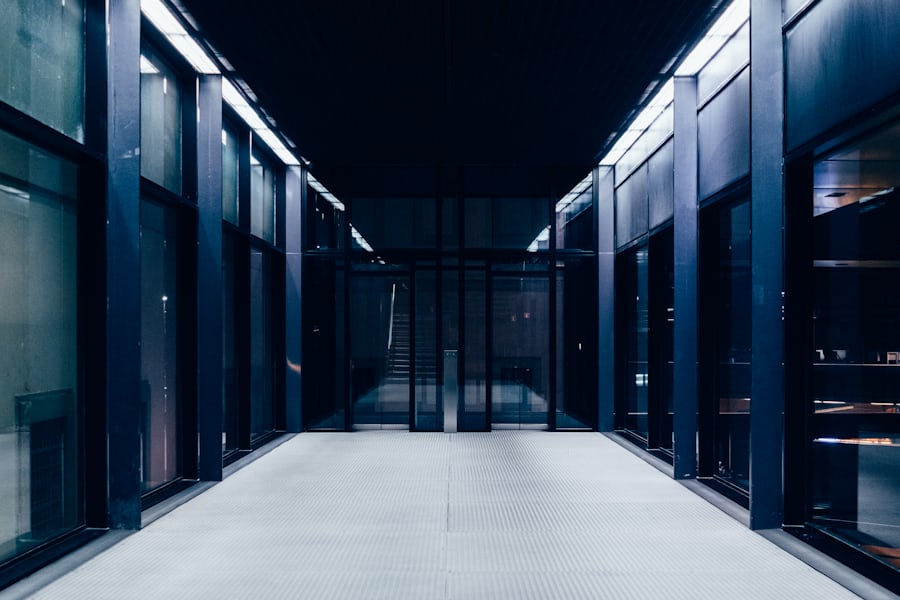Projectsat work

Company:
Elevate Technology Solutions
Role:
Senior Systems Architect at the U.S. Agency for International Development (USAID)
Timeframe:
Jul 2014 - May 2016
As a Senior Systems Architect with Elevate Technology Solutions at the U.S. Agency for International Development (USAID), my tenure from July 2014 to May 2016 was marked by a series of strategic and pivotal technological initiatives aimed at expanding and optimizing USAID's digital capabilities. I led the design and implementation of a robust Virtual Private Network (VPN) Remote Access Solution, enabling secure and flexible remote connectivity for the agency's global workforce. This project was complemented by my oversight of a Virtual Desktop Infrastructure (VDI) zero client deployment, significantly streamlining and enhancing user access and experience. I also spearheaded a comprehensive VDI troubleshooting and optimization effort, ensuring high performance and reliability of the virtual desktop environments.
My commitment to innovation was further demonstrated through the creation of the Center for Innovation (CFI) Engineering Lab, a state-of-the-art facility designed to foster technological advancements and collaborative engineering efforts. Additionally, I directed a crucial Enterprise Disaster Recovery (EDR) project, establishing resilient systems and protocols to protect vital data and maintain operational continuity in the event of unforeseen disasters. These projects collectively advanced USAID’s technological infrastructure, reinforcing its mission-critical operations and global development initiatives.
Projects
Sort by Date:
Project Title:
Project Phoenix: Architecting USAID's Digital Resurrection Plan
Timeframe:
Jul 2014 - May 2016
Description:
In the corridors of the U.S. Agency for International Development (USAID), the mandate for an unwavering operational framework was clear — a resilient structure that could withstand the unexpected twists of fate. As a Senior Systems Architect, I was entrusted with a mission of paramount importance: the conception and execution of an Enterprise Disaster Recovery (EDR) plan that would ensure the continuity of USAID's mission-critical operations, no matter the challenge. With a canvas as broad as USAID's global reach, I set out to craft a masterpiece of resilience that would stand the test of time and trial.
My first endeavor was the meticulous development of 16 comprehensive system requirement documents. These documents were not mere pages of technical jargon but the blueprints of fortitude for each of USAID's mission-critical systems, ensuring that every aspect of the agency's vital operations was encapsulated and safeguarded. Then, with the precision of an architect and the vision of a strategist, I designed the robust technical architecture of the EDR. This intricate design included a dedicated hosting facility, a resilient network infrastructure poised for adversity, and a virtual environment that was both agile and secure. Servers and storage — the twin sentinels of information — were integrated into this design, ensuring that data integrity and accessibility were maintained across any eventuality.
The cornerstone of this grand design was the virtual infrastructure, crafted to seamlessly take the helm in the dire event of a primary site failure. This virtual sanctuary was engineered to uphold USAID's mission-critical systems with uninterrupted fervor, a bulwark against the unforeseen, allowing the agency's vital humanitarian work to persist without a skipped heartbeat. This project was not just about technology; it was a story of safeguarding hope, ensuring that in times of crisis, the beacon of aid and development championed by USAID would continue to shine across the globe.

Project Title:
Desktop Horizons: Revolutionizing Connectivity at USAID with VDI Mastery
Timeframe:
Jul 2014 - May 2016
Description:
In the landscape of global communication and streamlined IT operations, the Virtual Desktop Infrastructure (VDI) project at the U.S. Agency for International Development (USAID) emerged as a lynchpin for efficiency and modernization. As a Senior Systems Architect, I led the deployment of a pioneering solution with Wyse Zero Clients, configuring a "zero touch" management system that would handle the configuration of 1,000 endpoint devices, revolutionizing the user experience with simplicity and scalability. The VDI project was a venture into simplicity and manageability; it was about taking a thousand threads of potential and weaving them into a tapestry of seamless productivity.
Complementing this achievement, I brought HP Thin Clients into the fold, designing and configuring these devices to meet the needs of a diverse, worldwide workforce. The HP Device Manager software became my instrument, orchestrating the configuration and management of over 2,000 HP Thin Clients across the globe. The creation and management of the HP Thin Client master image was an exercise in precision, ensuring that each device not only met USAID's rigorous standards but also served as a reliable portal to the organization's vast resources. Regular briefings to senior government management kept the project's pulse steady and transparent, fostering an environment of trust and accountability.
The vision for VDI did not end with deployment. In pursuit of even greater efficiency, I initiated a proof of concept for the Citrix CloudBridge appliance, an endeavor that promised to bridge the gap between on-premises IT infrastructure and the cloud. This innovation stood as a testament to USAID's commitment to leveraging technology for agility and excellence. The VDI project was not just a technical milestone; it was a bold step into the future of operational dexterity and a beacon of digital transformation.

Project Title:
Global Gateway: Charting USAID's VPN Odyssey for Worldwide Connectivity
Timeframe:
Jul 2014 - May 2016
Description:
At the U.S. Agency for International Development (USAID), the need for a secure and efficient Virtual Private Network (VPN) Remote Access Solution was apparent to support the increasingly global nature of its operations. I embarked on a comprehensive Analysis of Alternatives (AoA), a strategic evaluation of potential VPN solutions from industry leaders such as Cisco, Palo Alto Networks, Juniper/Pulse Secure, F5, and Citrix. This analysis was not just about comparing products; it was about envisioning a future where the mobility of USAID's workforce was unrestricted yet secure, a future where collaboration knew no boundaries.
With a chosen path, I architected a VPN solution that was a tapestry of cutting-edge technologies, weaving together networking with remediation support, smart card and Active Directory authentication, and support for non-person entities via X.509 device certificates. This intricate design was augmented with WAN acceleration and optimization, utilizing Riverbed Mobile and SteelHead software and hardware to ensure seamless and rapid connectivity. The project's rhythm was set to a meticulously crafted schedule, culminating in the implementation of the Juniper Pulse Secure MAG 4610 on the production network, marking the launch of the pilot program. This VPN pilot was the first step in a broader narrative, one that would empower USAID's personnel with secure access anywhere in the world, a narrative of connectivity without compromise.

Project Title:
Cloud Convergence: Crafting USAID's Hybrid Tech Haven at the CFI Engineering Lab
Timeframe:
Jul 2014 - May 2016
Description:
At the crux of technological innovation and synergy stood the Center for Innovation (CFI) Engineering Lab, a project that presented an opportunity to pioneer a unique blend of on-premise and cloud-based infrastructure for the U.S. Agency for International Development (USAID). The CFI was not just a concept but a tangible ecosystem where Amazon AWS and Microsoft Azure extended beyond the cloud, coalescing with the tangible vibrancy of on-site hardware. As the Senior Systems Architect at Elevate Technology Solutions, my vision was to harness the sprawling capabilities of these industry giants, tailoring an environment that was both robust and revolutionary.
The design phase was meticulous, giving life to a virtual networking infrastructure that delineated the domains of a Local Area Network (LAN) and a Demilitarized Zone (DMZ) with precision. Each subnet was a vein in the CFI's digital anatomy, purpose-built for specific operational needs. Deploying Amazon AWS EC2 instances was akin to establishing outposts in the digital frontier, each one a testament to the agility and scalability of cloud computing. This virtual environment was engineered to support not just current technological demands but to anticipate and adapt to the unforeseen needs of tomorrow.
In the CFI's backbone, the infrastructure required to support such an endeavor was deployed with careful consideration. From the bedrock of Active Directory to the channels of Remote Desktop Gateway, which allowed seamless remote access, each component was chosen for its ability to bolster the lab's capacity. An external DNS server and a proxy server were also integrated, forming a comprehensive support structure that was robust, reliable, and responsive to the dynamic pulse of innovation within the CFI.
The final layer of this elaborate construction was the implementation of the Palo Alto PA-3020 firewall. It served as the guardian of this intricate network, a watchful entity governing SSLVPN remote access and ensuring airtight zone-based network segregation. Its reach extended into the cloud, creating a secure bridge between the on-premise LAN, the meticulously crafted DMZ, and the limitless expanse of the cloud. This firewall was not merely a piece of technology; it was the embodiment of security and order within the CFI, a digital sentinel standing firm against the chaos of cyber threats. Thus, the CFI Engineering Lab stood completed, a beacon of technological advancement, a place where ideas meet the infrastructure that shapes the future.

SEND A MESSAGE
Learn how and when you can deploy Julian’s services.

